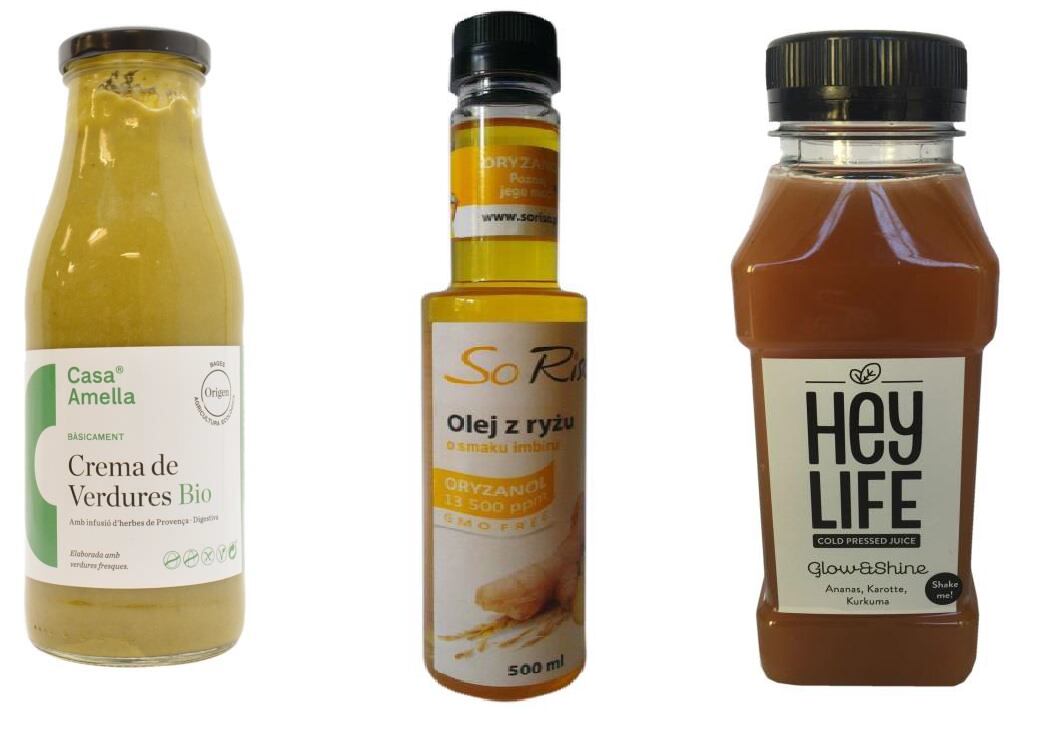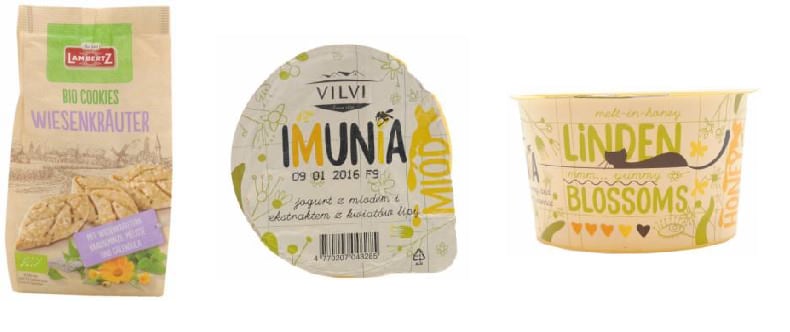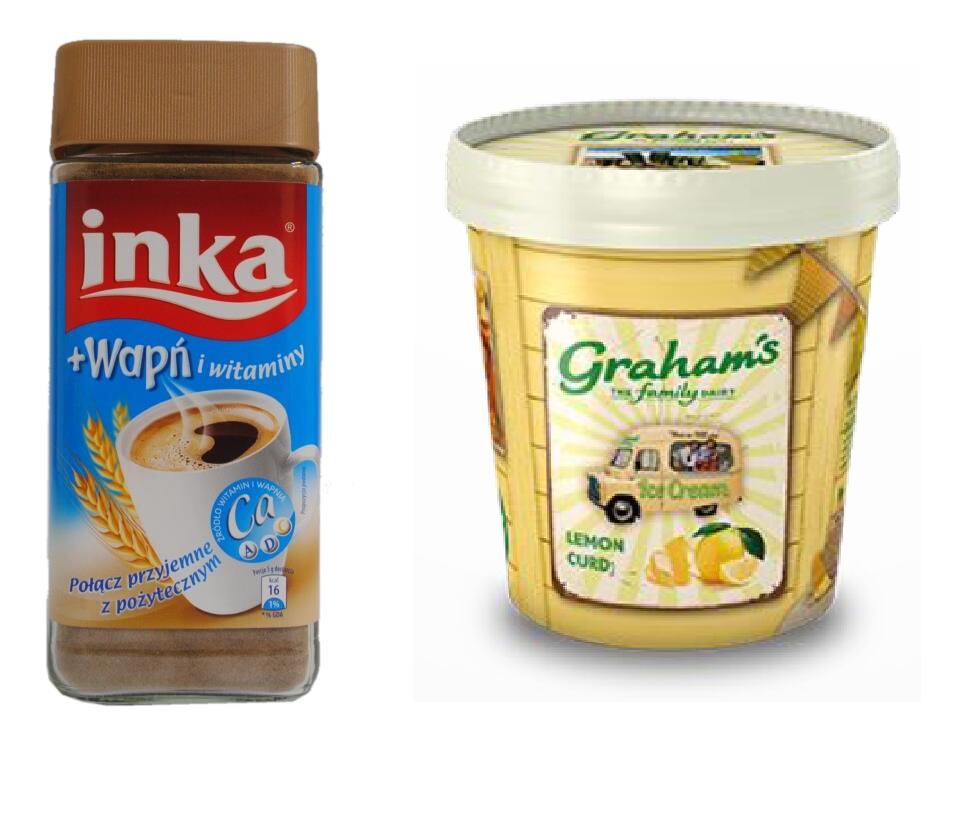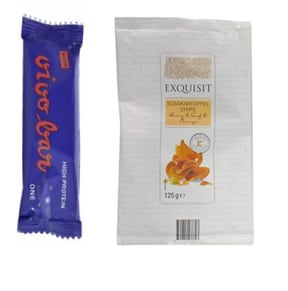However, Mintel also says Spanish consumers are most likely to stick to favourite flavours, with 80% preferring traditional tastes, whereas Poland is excited to try new ones.
The majority of European consumers still isn’t comfortable cooking at home with new flavours, with 64% of Poland, 60% of Spain, 57% of Italy, 45% of France and 30% of Germany saying they prefer to try new things whilst eating out.
Healthy flavours lead the way

The biggest new trend, health through flavour, comes on the back of the free-from trend and other healthy foods trends, with 77% of Italians taking health into consideration when choosing the flavours of their products.
Furthermore, 81% of Polish consumers “would like to see more products with ingredients that beyond flavour also provide health benefits,” says Mintel.
As a result, products including ingredients with medicinal value are becoming more and more popular, such as turmeric juice and ginger rice oil.
Free-from claims and health halos are also gaining traction: the market is seeing products becoming labelled as GMO-, lactose- and gluten-free, 100% natural, high in antioxidants, and unpasteurisedin order to preserve nutrients.

Botanicals are also becoming more popular, with brands choosing ingredients like sage, chamomile, lemon balm and linden blossoms to include in drinks, yoghurts and snacks.
European consumers have no preference for whether botanicals are included in food or drink products.
Home is where the flavour is
According to Mintel, another trend the European market will see more of is nostalgic products and brands exploiting a ‘homely’ feel.
All countries included in the survey – France, Germany, Italy, Spain and Poland – preferred flavours that reminded consumers of the past or their childhood, with figures ranging from 67% (Germany) to 82% (Poland).

Terms including ‘classic’, ‘original’ and ‘authentic’ are being used to market such products, with manufacturers using ingredients which are native to the country or area the products are sold in.
For instance, Scottish-based family dairy brand, Graham’s, is “evoking special memories with classic ice cream flavours”, such as lemon curd and Scottish tablet, says Mintel.
Sweet, savoury or both?
Also in demand in Europe are products which blur the line between sweet and savoury, especially in food categories like chips and energy bars.

Mixing traditional, savoury flavours – mustard – with a sweet or fruity flavour – honey and orange – snack manufacturer, Exquisit, has created a sweet and savoury flavour of sweet potato chips.
Similarly, Vivo Vivo Bar’s Salty One protein bar mixes tomatoes, walnuts, hemp seeds, chia seeds, raw brown rice protein and cumin.
Mintel’s research shows that this is most popular in the under-34 age category.
Mintel predicts that other key flavour trends will be sweet and fruity, sophisticated hot spice blends, street food flavours, smokey and oak flavours and refreshing, cool flavours.
Whereas in-store sampling showed to be the most effective method of encouraging consumers to try new flavours, millennials are most influenced by online recommendations or social media posts.
